NSC-4060 (Muscle Builder)
$159.95 $119.95
NSC-4060 (RAD-140 & LGD-4033 REPLACEMENT) is an Anabolic Phytosteroid (APS). Classified as a triterpenoid, it is a cousin of traditional AAS. It is an anabolic compound, a natural effective muscle builder, an endurance and performance enhancer. It has 44% more anabolic activity then the well-known Ligandrol (LGD-4033)
RAD-140 & LGD-4033 REPLACEMENT
NSC-4060 is an Anabolic Phytosteroid (APS). Classified as a triterpenoid, it is a cousin of traditional AAS. It is an anabolic compound, a natural effective muscle builder, an endurance and performance enhancer. It has 44% more anabolic activity then the well-known Ligandrol (LGD-4033).
Ursolic acid was first isolated and discovered in 1920, although it wasn’t until 2012 that it’s powerful muscle building potential was discovered. You have probably heard of the saying ‘an apple a day keeps the doctor away’, this saying comes from apple’s ursolic acid content. Apple skin is high in ursolic acid, to a lesser extent, the spices thyme, lavender, rosemary, and peppermint. With great success, ursolic acid’s clinical trials for muscle wasting were officially undergone in 2017.
What NSC-4060 Does:
Increases muscle mass
Increases muscle size
Increases strength
Increases exercise capacity
Reduces obesity tolerance
Is anti-catabolic
Improves glucose tolerance
No androgenic activity, so no hormonal side effects
Safe for women
No PCT needed
Signals PI3K/Akt pathway, responsible for muscle cell growth and division
This is the same pathway IGF-1 uses for its muscle building effect
NSC-4060 has 44% more anabolic activity than Ligandrol (LGD-4033)
Specifications:
109mg/mL | 3.6mL/day | 392.4mg/day
Serving Size:
1.8mL twice daily | one month supply
Serving 0.9mL four times daily is optimal.
Formulation/Ingredients:
NSC-4060 contains ursolic acid (3β-hydroxyurs-12-en-28-oic acid) in a proprietary SMEDDS blend.
The active compound is isolated from apple skin.
SMEDDS:
Ursolic acid has high lipophilicity and requires SMEDDS to be active. Our proprietary SMEDDS blend is infused with caprylic acid a natural SARM.
To activate SMEDDS mix the recommended dose by stirring vigorously, shaking, or blending in water, milk, or juice.
Anabolic Activity of NSC-4060 vs Ligandrol (LGD-4033)
NSC-4060 (Ursolic Acid)
Ligandrol (LGD-4033)
References
Kunkel, S. D., Elmore, C. J., Bongers, K. S., Ebert, S. M., Fox, D. K., Dyle, M. C., Bullards, S. A. & Adams, C. M. 2012. Ursolic acid increases skeletal muscle and brown fat and decreases diet-induced obesity, glucose intolerance and fatty liver disease. PloS One, 7(6), pp. e39332. DOI: 10.1371/journal.pone.0039332
Yu, R., Chen, J. A., Xu, J., Cao, J., Wang, Y., Thomas, S. S. & Hu, Z. 2017. Suppression of muscle wasting by the plant‐derived compound ursolic acid in a model of chronic kidney disease. Journal of Cachexia, Sarcopenia and Muscle, 8(2), pp. 327-341. DOI: 10.1002/jcsm.12162
| Size |
|---|
Be the first to review “NSC-4060 (Muscle Builder)” Cancel reply
You must be logged in to post a review.
Related products
Amino Acids
Body Building
Alternate Therapies
Body Building
Nootropics
Anti-Stress
Body Building
Body Building

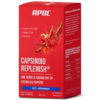

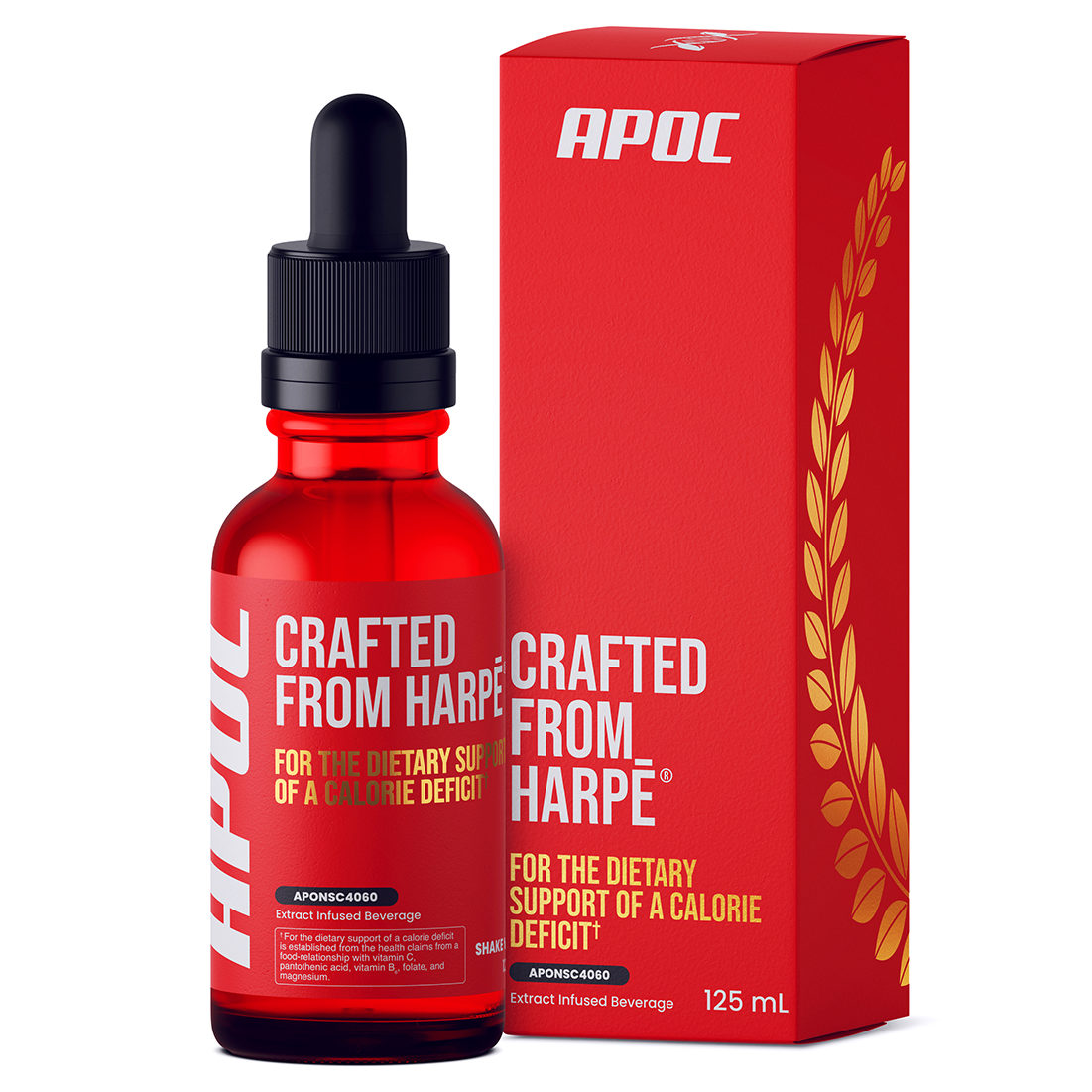
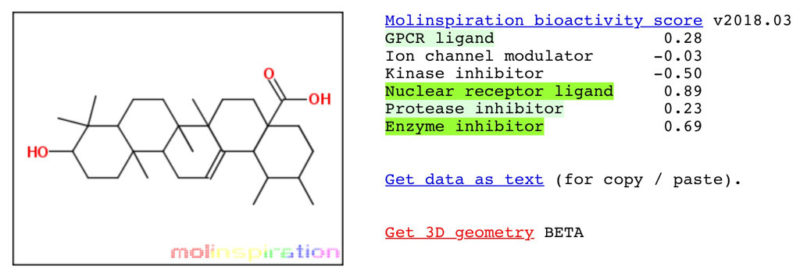
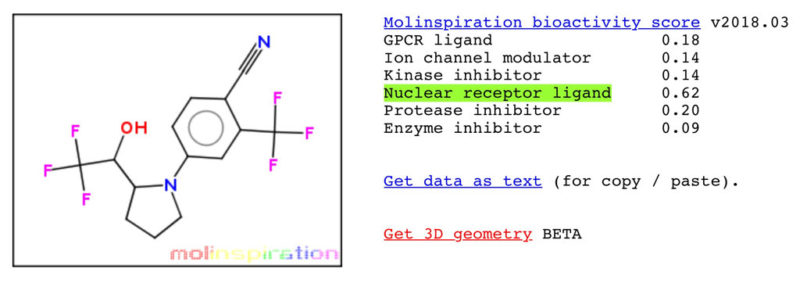
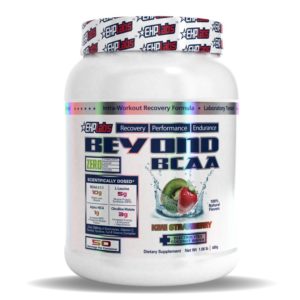

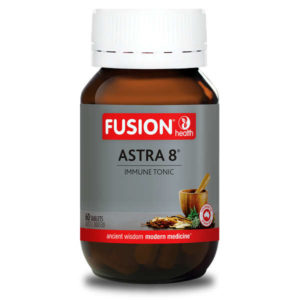
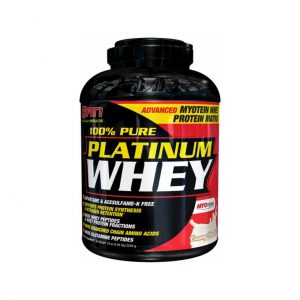
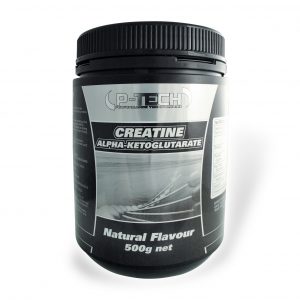
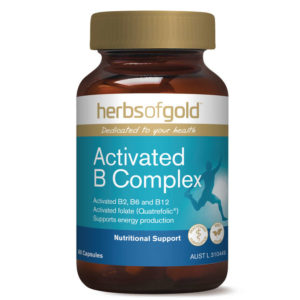

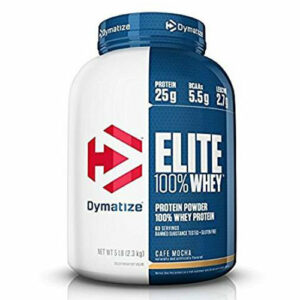
Reviews
There are no reviews yet.